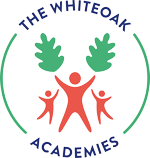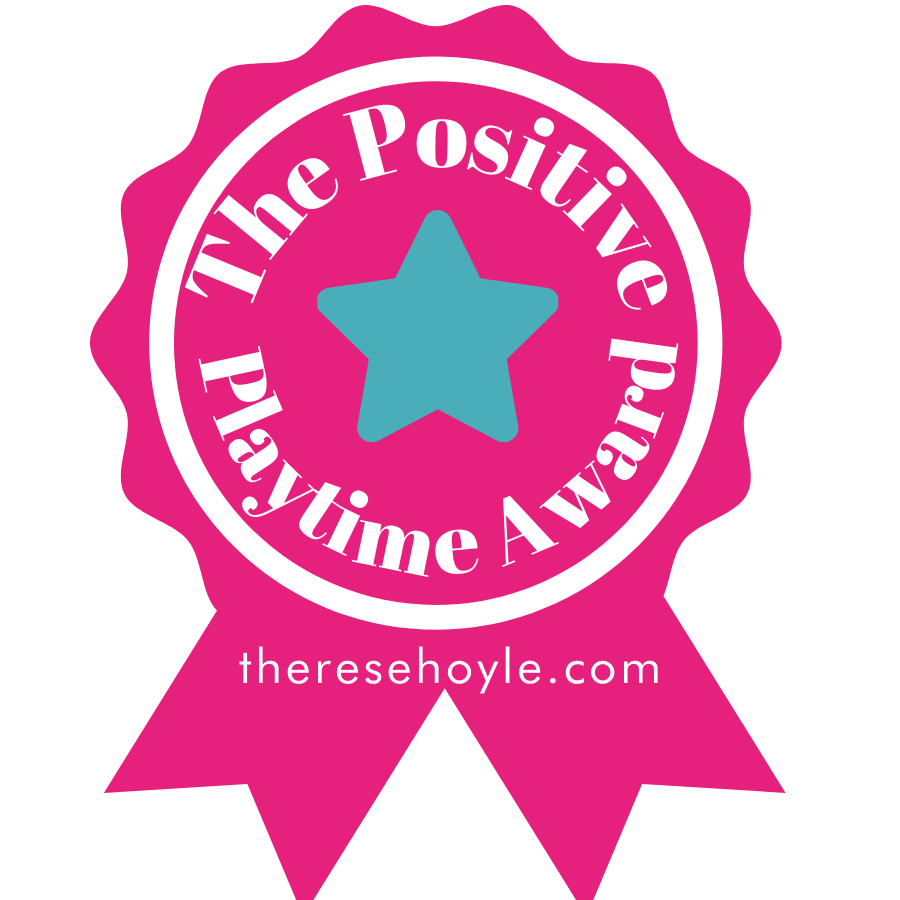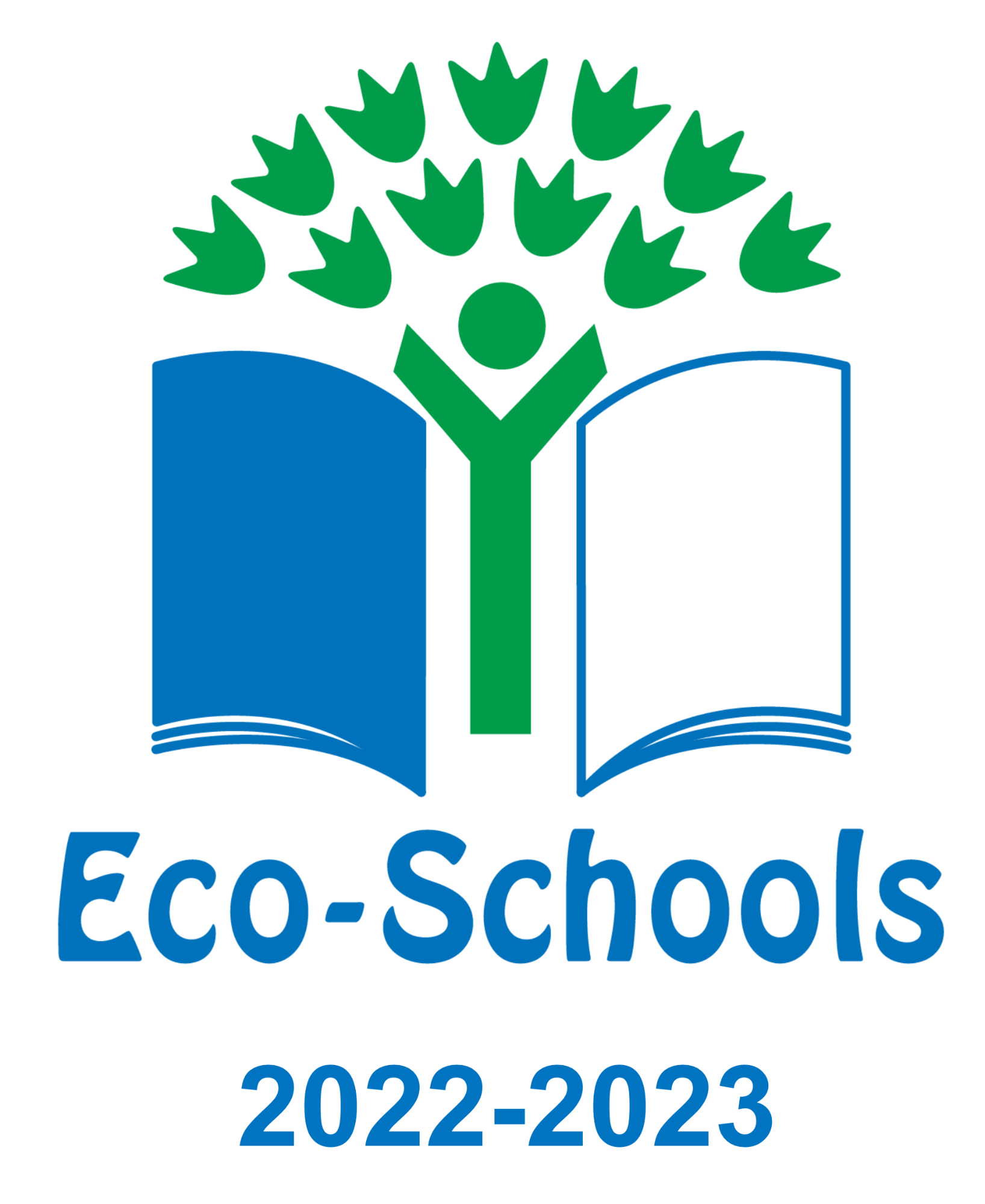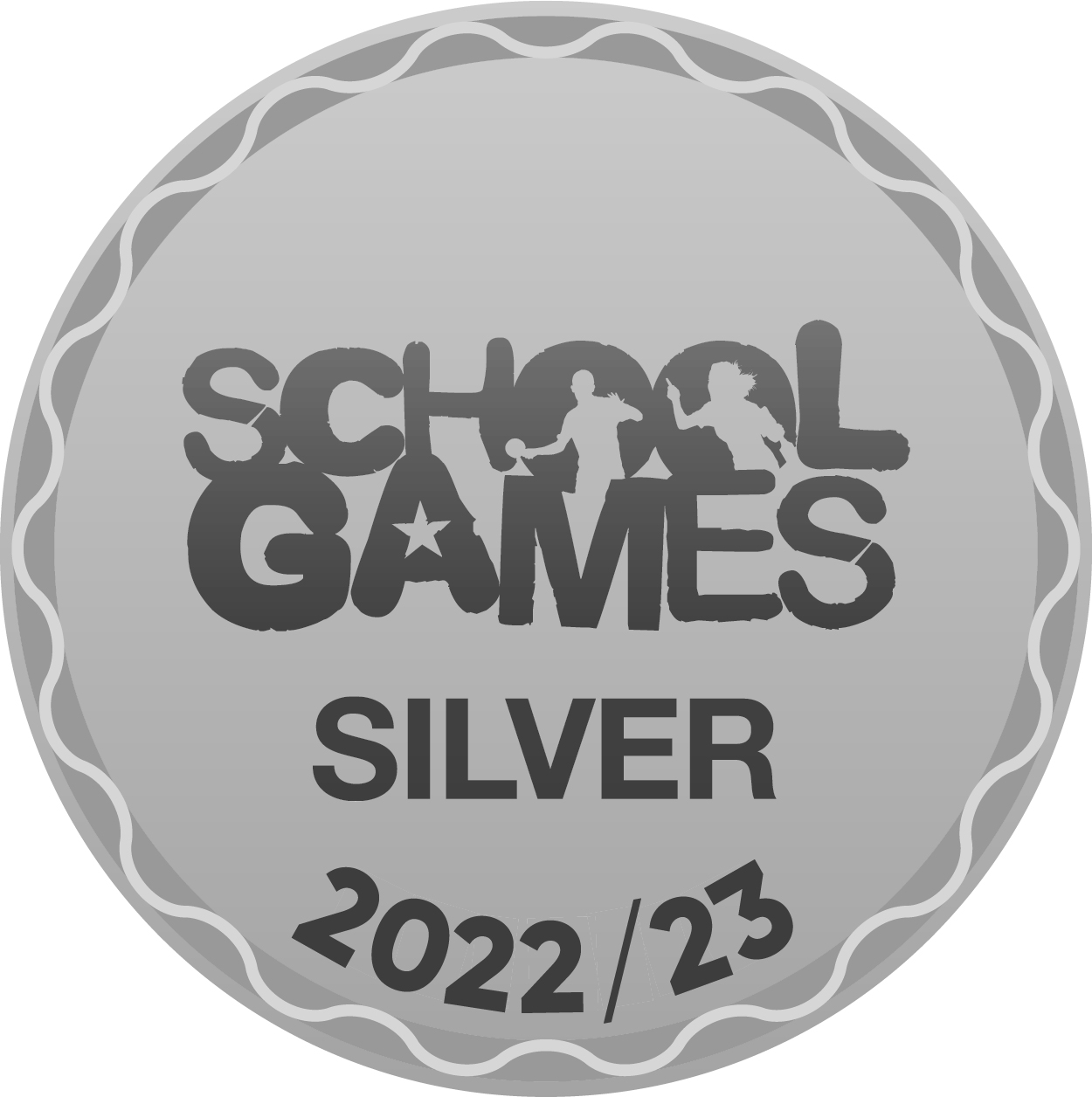Understanding the World
Understanding the World is a specific area in the Early Years Foundation Stage.
The statutory framework for the EYFS (2021) states that ‘Understanding the world involves guiding children to make sense of their physical world and their community. The frequency and range of children’s personal experiences increases their knowledge and sense of the world around them – from visiting parks, libraries and museums to meeting important members of society such as police officers, nurses and firefighters. In addition, listening to a broad selection of stories, non-fiction, rhymes and poems will foster their understanding of our culturally, socially, technologically and ecologically diverse world. As well as building important knowledge, this extends their familiarity with words that support understanding across domains. Enriching and widening children’s vocabulary will support later reading comprehension.
What are the expectations in Reception and by the end of the year?
Throughout Reception the children are supported in reaching the end of year expectations. These are called the Understanding the World Early Learning Goals.
By the end of Reception children at the expected level in Past and Present will:
Talk about the lives of the people around them and their roles in society,
Know some similarities and differences between things in the past and now, drawing on their experiences and what has been read in class;
Understand the past through settings, characters and events encountered in books read in class and storytelling.
By the end of Reception children at the expected level in People Culture and Communities will:
Describe their immediate environment using knowledge from observation, discussion, stories, non-fiction texts, and maps;
Know some similarities and differences between different religious and cultural communities in this country, drawing on their experiences and what has been read in class;
Explain some similarities and differences between life in this country and life in other countries, drawing on knowledge from stories, non-fiction texts and – when appropriate – maps.
By the end of Reception children at the expected level in The Natural World will:
Explore the natural world around them, making observations and drawing pictures of animals and plants;
Know some similarities and differences between the natural world around them and contrasting environments, drawing on their experiences and what has been read in class;
Understand some important processes and changes in the natural world around them, including the seasons and changing states of matter.






